Okay, this is a very professional and practical slitting machine operation question. Adjusting the tension according to the thickness of the film is the core of the slitting process, which directly affects the quality of the coil after slitting (such as the neatness of the end face, the tightness of the film roll, whether there are wrinkles, tensile deformation, etc.).
Below I will explain in detail how to adjust the tension according to the thickness of the film from four aspects: principle, adjustment strategy, practical steps and precautions.
1. Core principle: Why does thickness affect tension?
The tension control of the film is essentially to control the elastic deformation of the material during the stretching process, and to avoid plastic deformation (i.e., irreversible stretching).
• Films (such as BOPP, CPP, PET, etc. below 12 μm):
◦ Characteristics: Low tensile strength, poor rigidity, and easy to be stretched or broken.
◦ Tension Requirements: Less tension is required. High tension can cause the film to be overstretched, resulting in changes in molecular orientation, deformation of the printing pattern, and even direct film breakage. Too tight coiling will also cause "hard rolling", which is difficult to relax during use, and there will be phenomena such as "bursting tendons".
• Thick film (such as PE, CPE, aluminum foil composite film above 50μm, etc.):
◦ Characteristics: High tensile strength, good rigidity, not easy to be stretched.
◦ Tension Requirements: Relatively large tension is required. If the tension is too small, the film will loosen and deviate during the slitting process, resulting in uneven coiling, "coiling", "chrysanthemum pattern" and other phenomena, the coil is soft, and it is difficult to unwind during subsequent processing.
Brief summary: the smaller the thickness, the smaller the tension; The larger the thickness, the more the tension can be appropriately increased.
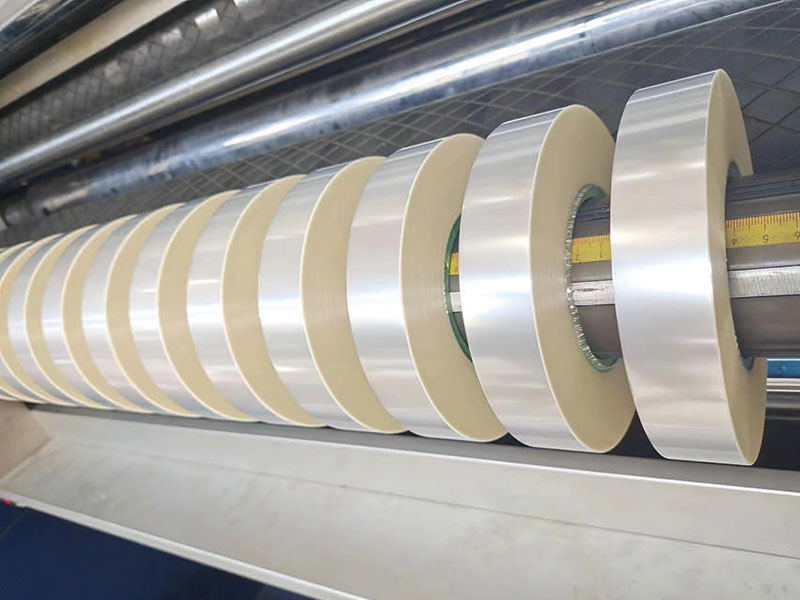
2. Adjustment strategy: the composition of the tension system
The tension of a slitting machine is usually divided into two main parts:
1. Unwinding Tension: Controls the unwinding speed of the raw material master roll, providing a reverse resistance moment.
2. Rewinding Tension: Controls the winding speed of the finished roll to provide a positive traction moment.
3. Process tension: refers to the tension of the material running on the guide roller between unwinding and winding. It is usually automatically controlled by a dancer (floating roller) or tension sensor to maintain stability.
The core of the adjustment is to set the tension values for unwinding and unwinding, and usually the winding tension is slightly greater than the unwinding tension to ensure the stability of the process tension.
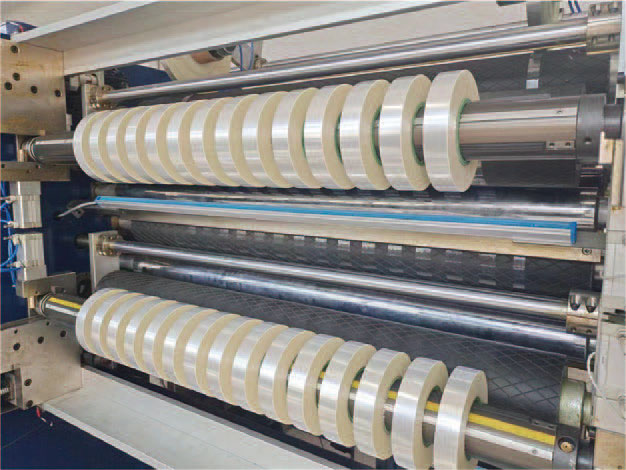
3. Practical steps and parameter setting methods
Step 1: Preparation - Know the basic parameters
Before you set it up, you must know:
• Film material: PET, BOPP, PE, CPP, etc., even if the thickness is the same, its tension value is different (PET required tension > BOPP > PE).
• Film thickness: Accurate measurement in μm.
• Slitting width: The larger the width, the greater the total tension required.
• Diameter of master and finished rolls: The tension control mode (usually with taper tension control) requires the input of maximum and minimum diameters.
Step 2: Initial Parameter Setting (Reference Value)
This is a very important starting point. The following are some empirical reference values (unit: N/㎡ or kg/㎡, depending on the equipment unit). Please note that different equipment and materials vary greatly, and this table is for beginner reference only:
| Film type: | Thickness range (μm) | Unwinding Tension (N) | Retraction Tension (N) | remark |
| Optical grade PET | 12-25 | 10-25 | 15-30 | The tension accuracy is extremely high, and it needs to be extremely small and stable |
| Plain PET | 25-50 | 20-50 | 30-60 | |
| BOPP | 15-30 | 15-35 | 20-45 | Easy to stretch, the tension is better than too large |
| CPP/PE | 30-60 | 25-55 | 35-70 | |
| PE | 60-100 | 40-80 | 50-100 | |
| Thick film/composite film | 100 or more | 60-150+ | 80-180+ | It can be increased appropriately according to the shape of the roll |
How do you understand these values?
For example, for slitting 25μm BOPP film, you can start the test machine with an unwinding tension of 20N and a winding tension of 25N.
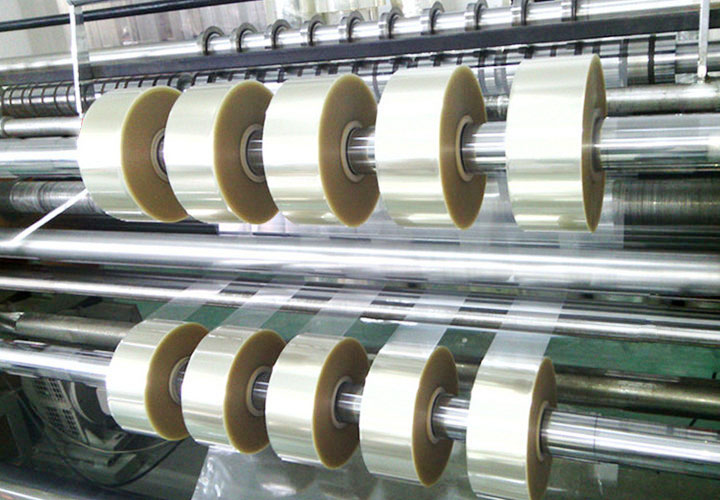
Step 3: Fine-tuning and observation - core practical link
After setting the initial parameters, it is necessary to make a trial cut and fine-tune it by observing the state of the coil. This is where the level of the operator is truly reflected.
• Problem: Uneven end face of the coil (winding)
◦ Cause: Too little tension or fluctuating tension.
◦ Adjustment: Slowly and slightly increase the unwinding and rewinding tension (e.g. 2-5N increase each time). Priority should be given to checking whether the air pressure is stable and whether the guide rollers are flexible.
• Problem: The coil is too tight (hard coil), the film is stretched
◦ Phenomenon: The film roll feels hard, the size becomes longer after the film is slit, and the printing pattern is deformed.
◦ Cause: Excessive tension.
◦ Adjust: Immediately reduce unwinding and rewinding tension.
• Problem: The coil is wrinkled
◦ Cause: It may be too much tension and wrinkling, it may be too little tension and the film is loose and wrinkled, or it may be a problem with the parallelism of the equipment or the blade.
◦ Adjustment: Try fine-tuning the tension (increase or decrease) first, and if the problem persists, check other mechanical parts.
• Problem: "Bulging ribs" (a raised edge) on the coil
◦ Reason: The thickness of the film here is too large, resulting in excessive local pressure and bulge during winding. The root cause is excessive tension, which amplifies the defect of uneven thickness.
◦ Adjustment: Reduce the overall tension appropriately. If this cannot be solved, the taper tension function of the slitting machine needs to be enabled.

Step 4: Use the advanced feature - taper tension
This is a key technology for slitting high-quality coils.
• What: As the winding diameter gets larger, the tension gradually decreases linearly from the initial value.
• Why: Prevents "hard rolls" and "loose inside and tight outside". If the winding tension is constant, the outer film will become tighter and tighter, and the huge shrinkage force will squeeze the inner film, causing the core to wrinkle, deform or even squeeze the paper core.
• How to set: usually set a starting tension and a taper scale (e.g. 100% to 50%).
◦ Thick film: The taper can be set to a smaller size (such as from 100% to 80%), and the reduction is small.
◦ Film: The taper should be set to a larger size (such as from 100% to 50%), and the reduction is large.
◦ The softer the film (such as PE), the greater the taper ratio (the faster the tension decreases).
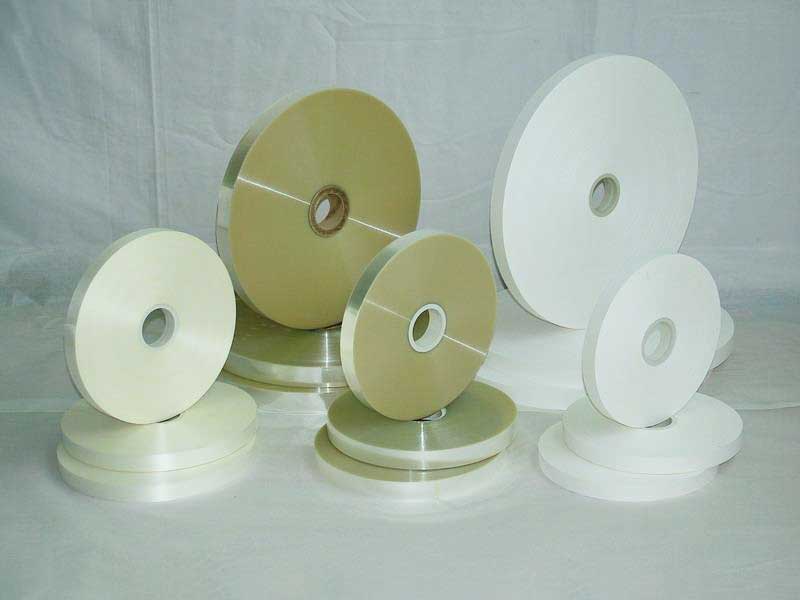
4. Golden rules and precautions
1. Rather small than large: In uncertain situations, the tension is gradually increased from a small value, which is safer than subtracting from a large value, which can avoid wasting materials.
2. Fine-tuning principle: The adjustment range should be small each time (such as 3-5N), observe for a period of time after adjustment, and do not rush to achieve results.
3. Record! Recording! Recording! : Record each successful parameter (material, thickness, width, tension value, taper value) to form your own "parameter library", which is the most valuable asset.
4. Equipment Condition Check: The tension system relies on the good condition of components such as air sources, brake pads, dancer rollers, sensors, etc. Regular maintenance to ensure responsiveness.
5. Environmental factors: Workshop temperature and humidity can affect the properties of the film (e.g., PE is harder in winter), and the same parameters may need to be fine-tuned in different seasons.
summary
Adjusting tension according to film thickness is a dynamic process of "set-observe-fine-tune":
1. Set the initial parameters based on thickness and material, referring to the empirical value.
2. Judge whether the tension is appropriate by observing the end face, elasticity and surface condition of the coil.
3. Optimize according to the principle of "small rather than large, micro adjustment".
4. Make good use of the taper tension function to solve the problem of internal quality of coiling.
5. Make detailed records and accumulate practical experience.
There is no one-size-fits-all parameter, and the best process parameters come from the operator's deep understanding of material properties and machine performance, as well as a lot of practical experience.





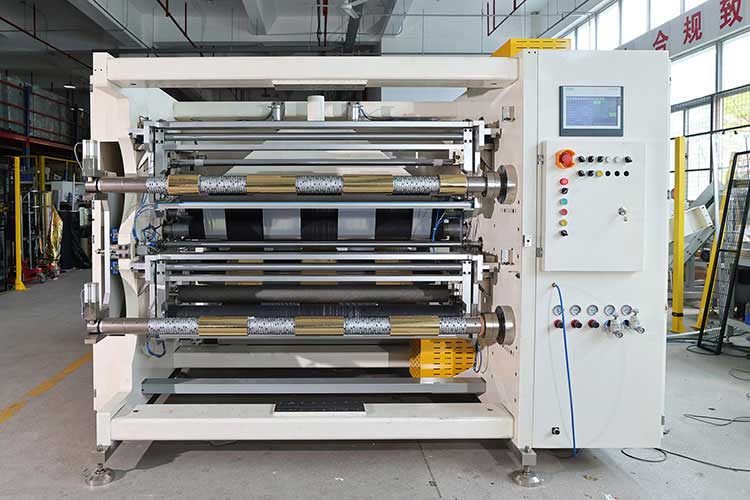
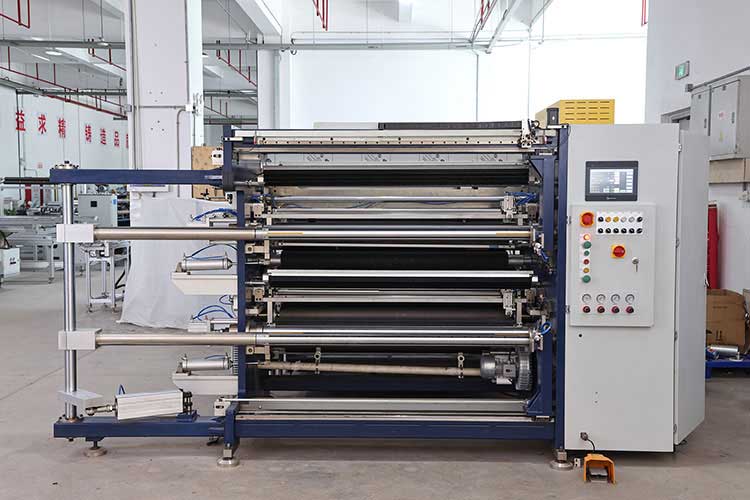
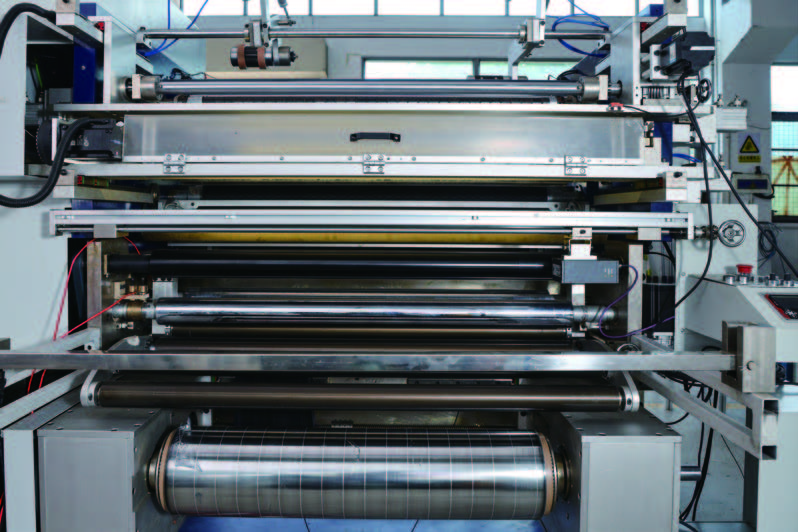
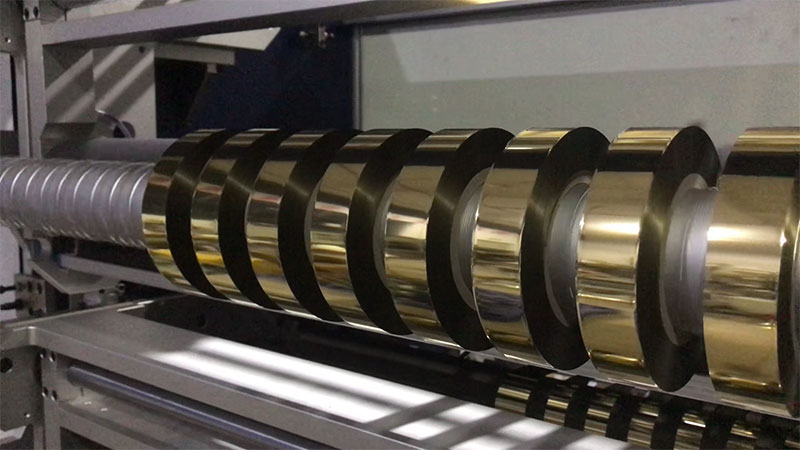
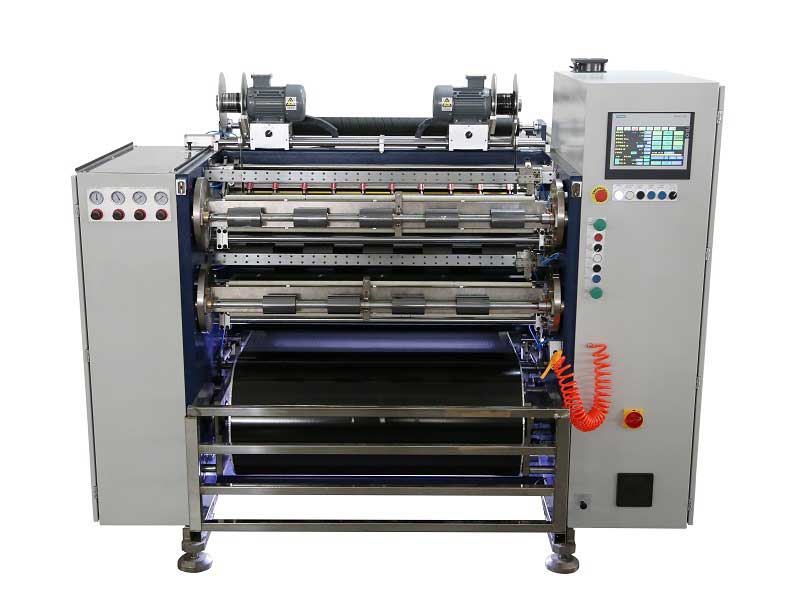 Automatic Thermal Transfer Ribbon Slitting Machine RSDS8 H PLUS
Automatic Thermal Transfer Ribbon Slitting Machine RSDS8 H PLUS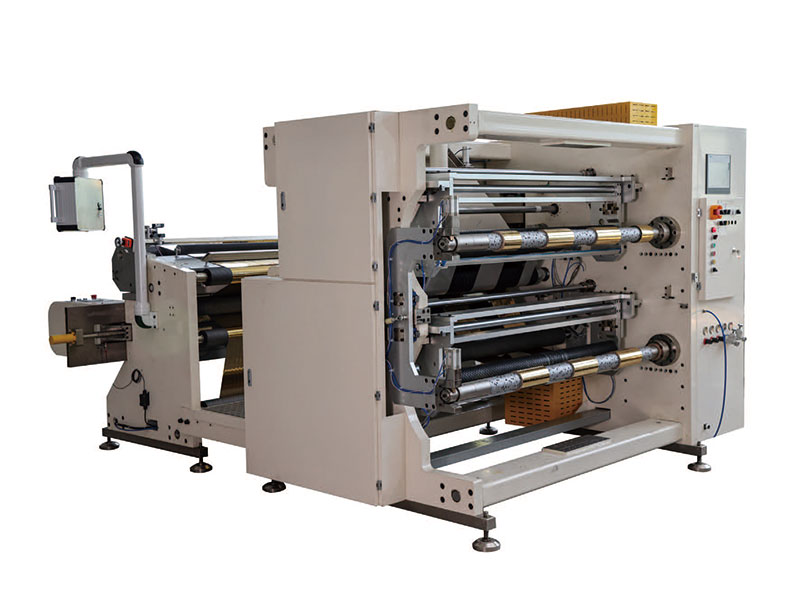 1400mm Hot Stamping Foil Slitting Machine
1400mm Hot Stamping Foil Slitting Machine Semi Automatic Thermal Transfer Ribbon Slitting Machine RSDS5 PLUS
Semi Automatic Thermal Transfer Ribbon Slitting Machine RSDS5 PLUS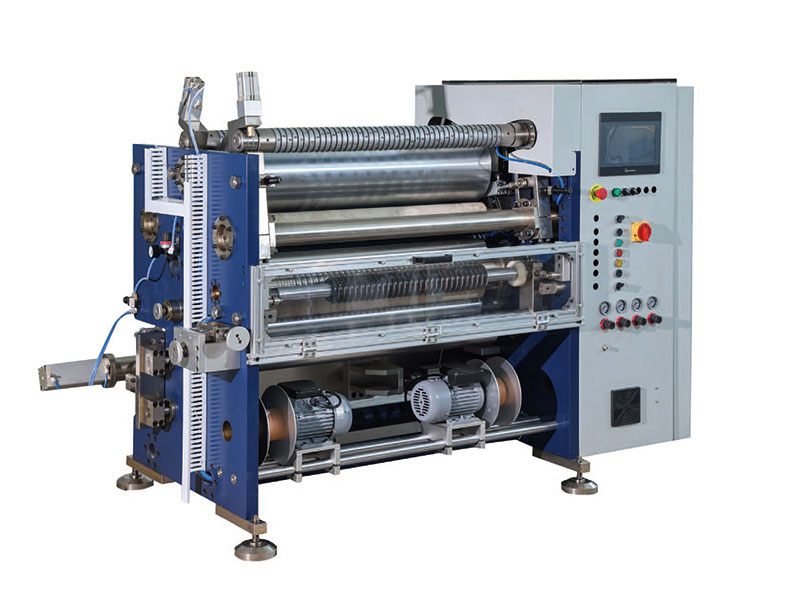 800mm Hot Stamping Foil Slitting Machine
800mm Hot Stamping Foil Slitting Machine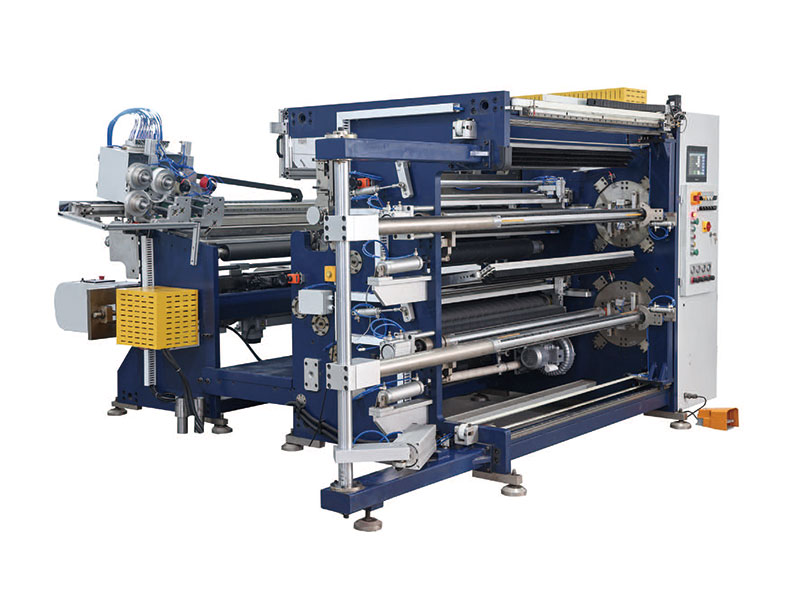 1350mm Hot Stamping Foil Slitting Machine
1350mm Hot Stamping Foil Slitting Machine New Energy Ultra-thin Film Slitting Machine For Capacitive Film
New Energy Ultra-thin Film Slitting Machine For Capacitive Film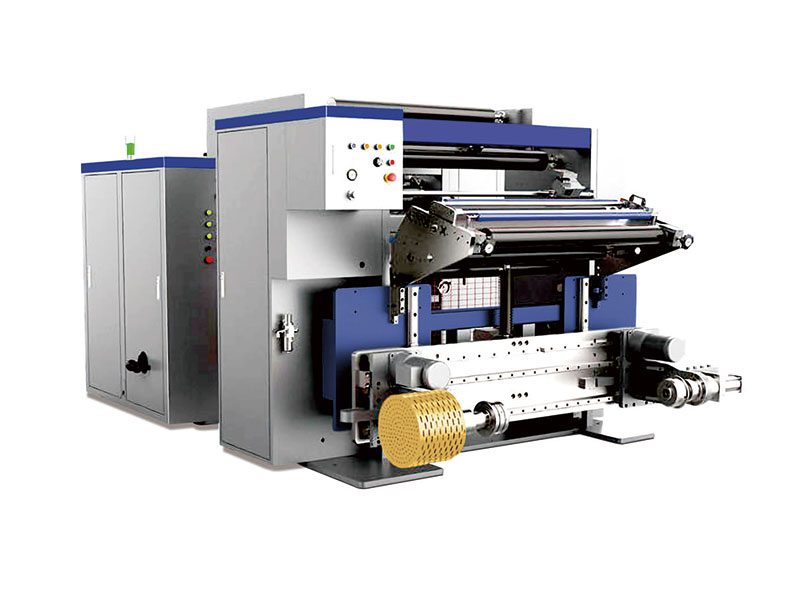 High Speed Slitting Machine
High Speed Slitting Machine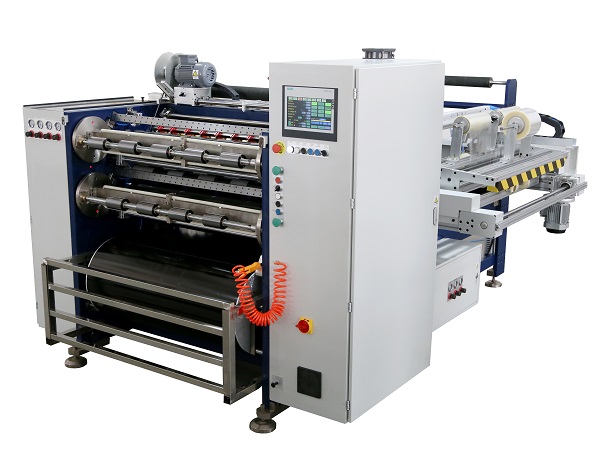 Automatic Thermal Transfer Ribbon Slitting Machine RSDS8 PLUS
Automatic Thermal Transfer Ribbon Slitting Machine RSDS8 PLUS

